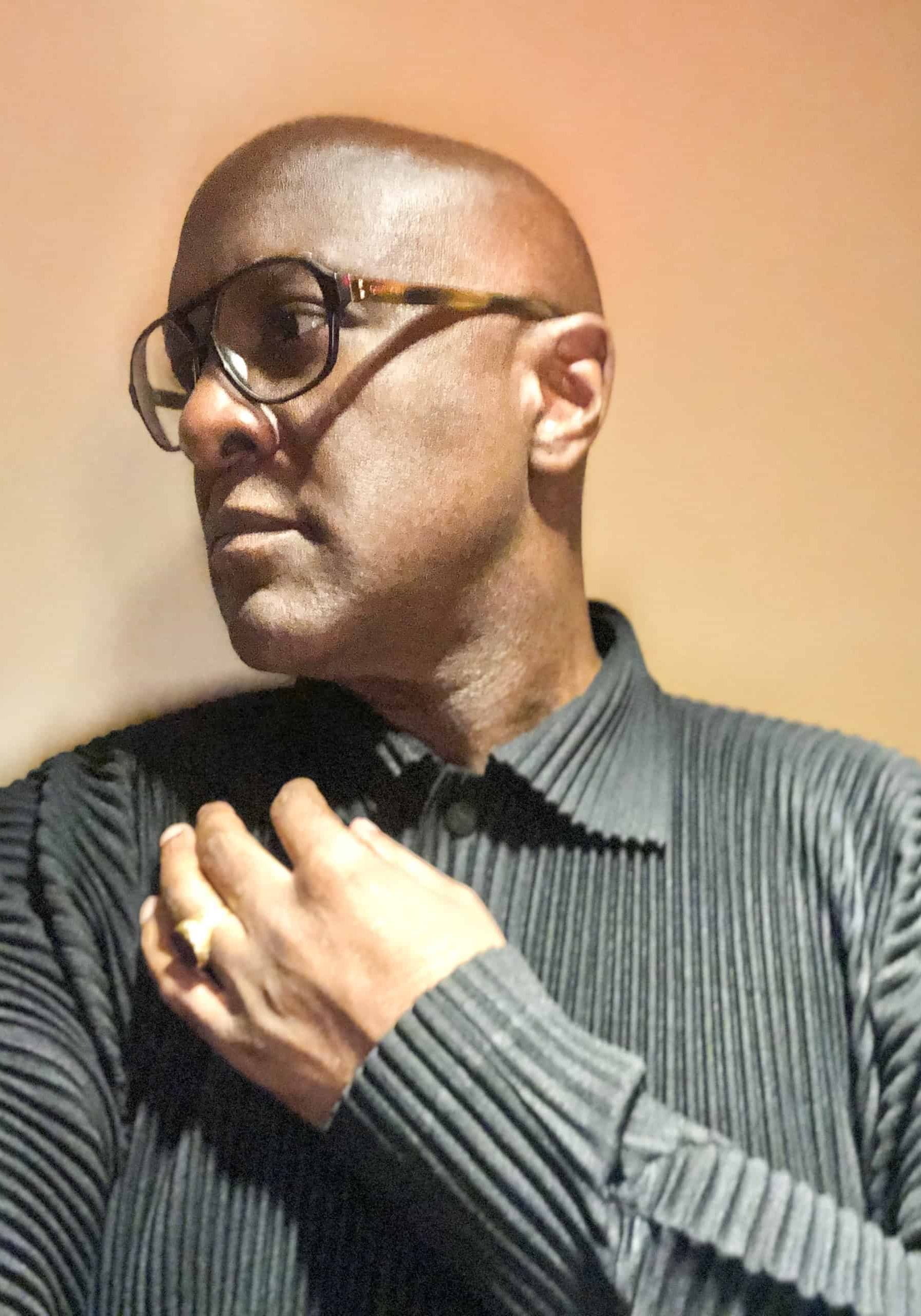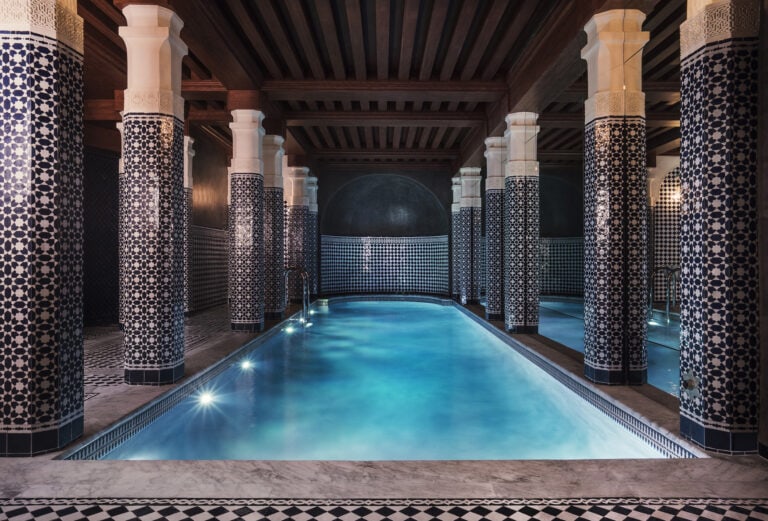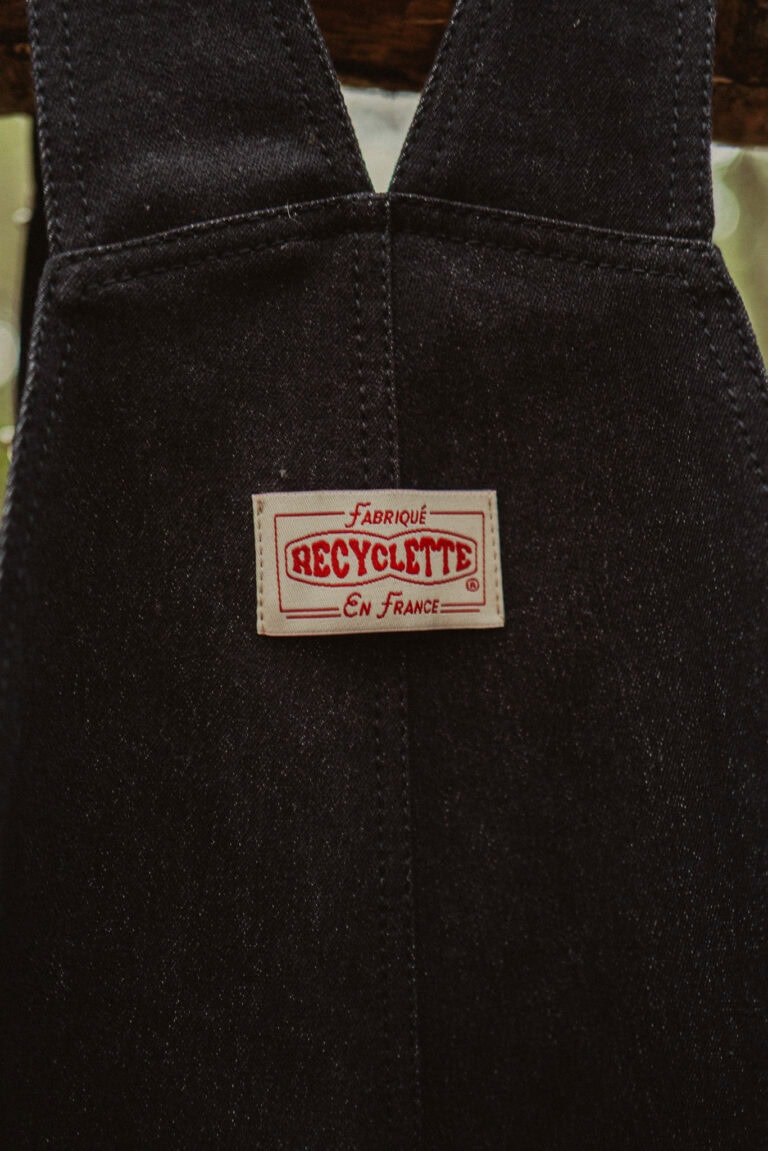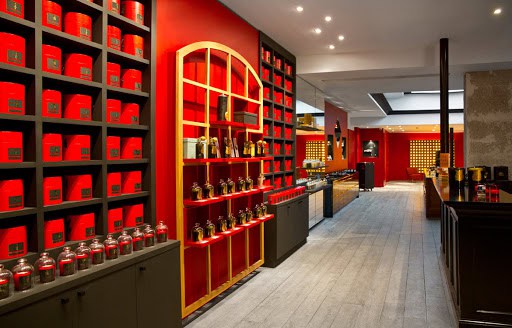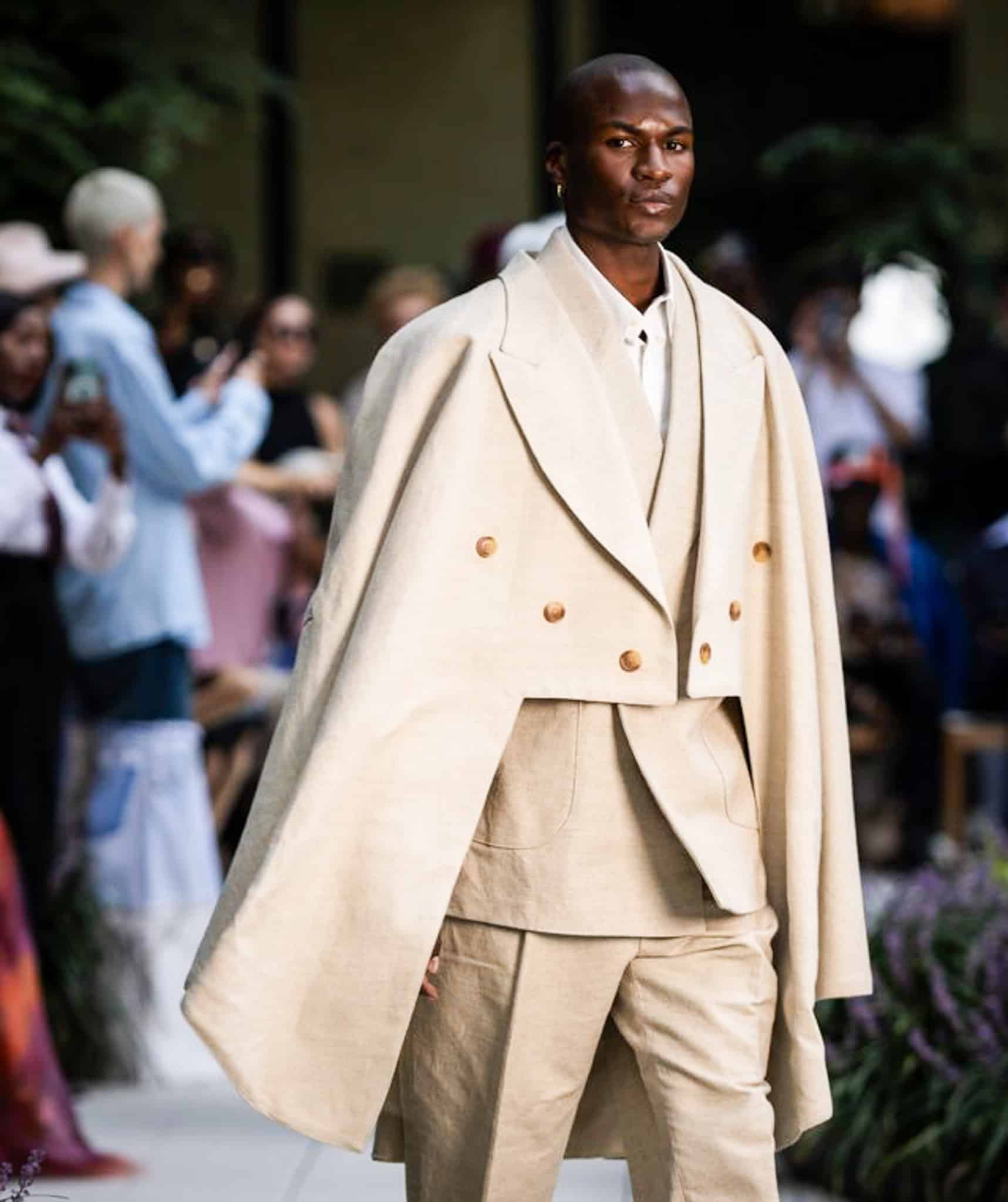
SIVAN Boulevard
Patrick Michael Hughes
SIVAN’s Spring/Summer 2026 collection marked the brand’s first solo New York Fashion Week presentation. Staged at The Ellery’s terrace featuring Midtown’s skyline. Jack Sivan is a designer rooted in Brooklyn, where his atelier sits alongside long standing Garment District partners. The debut read as both a declaration of intent and a measured step into a new chapter of New York menswear.
The Choreography of Commuters
Titled SIVAN Boulevard, the presentation captured the pulse of the city’s streets. The choreography of commuters, the anonymity of neighbors, the fleeting encounters that make New York endlessly watchable. Sivan cites mid century street photography as a point of departure, but the collection belongs firmly to the present. The tailoring is precise. Yet softened, cut for movement, styled for the passage from office to bar, subway to sidewalk.
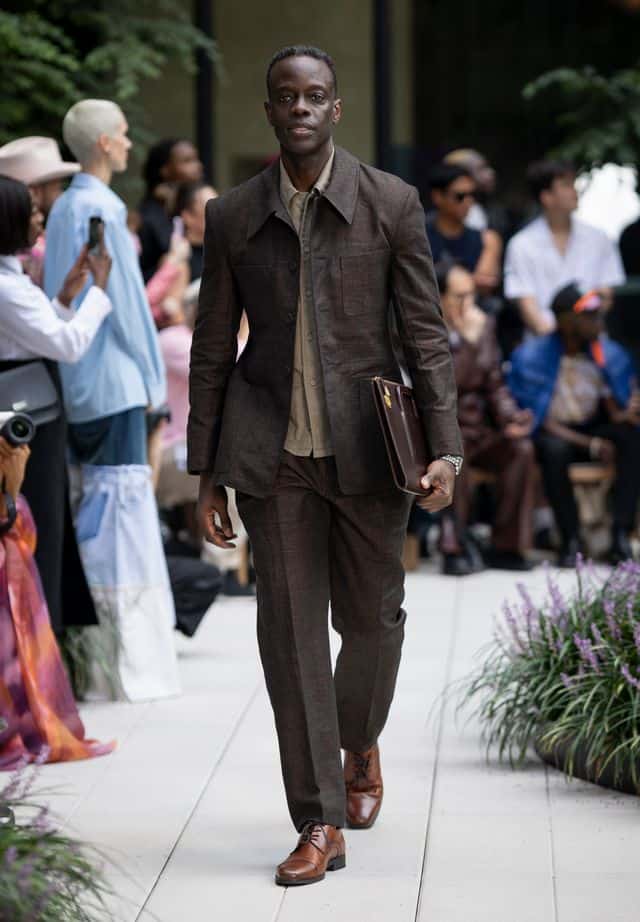
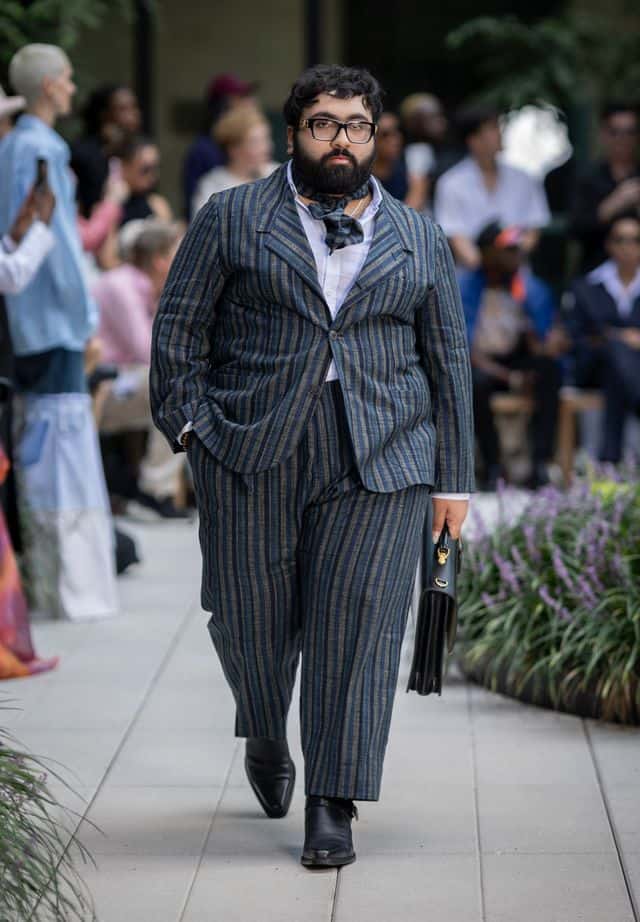
Sivan Silhouettes
Silhouettes touched on the lean lines of mod, tempered with funk era looseness. Working through fabrics that carried their own histories: vintage tartans, geometric silks, Japanese uneven yarn cottons. A sharp double breasted jacket appeared next to cotton drill workwear, airy linen suits alongside sleek silk duping evening wear. The highlighted skill and craft was tailoring. Not as static formality but as urban wardrobe, pliant enough for the demands of the street.
Sivan has long paired narrative staging with design. Last fall SIVAN placed his characters in a hushed interior while for Spring 2026 he was strolling the boulevard. A flaneur whose every look engages the observer . The casting underscored that idea. Models were selected months in advance, not for sample sizing but for garments made to fit them! A quiet rebuke to the industry’s conventions. Paralympic gold medalist Steve Serio walked alongside actor Ato Essandoh, journalist Lauren Ezersky, and style figure Dayle Berke. The effect was a portrait of New York’s pluralism, less symbolic than lived.
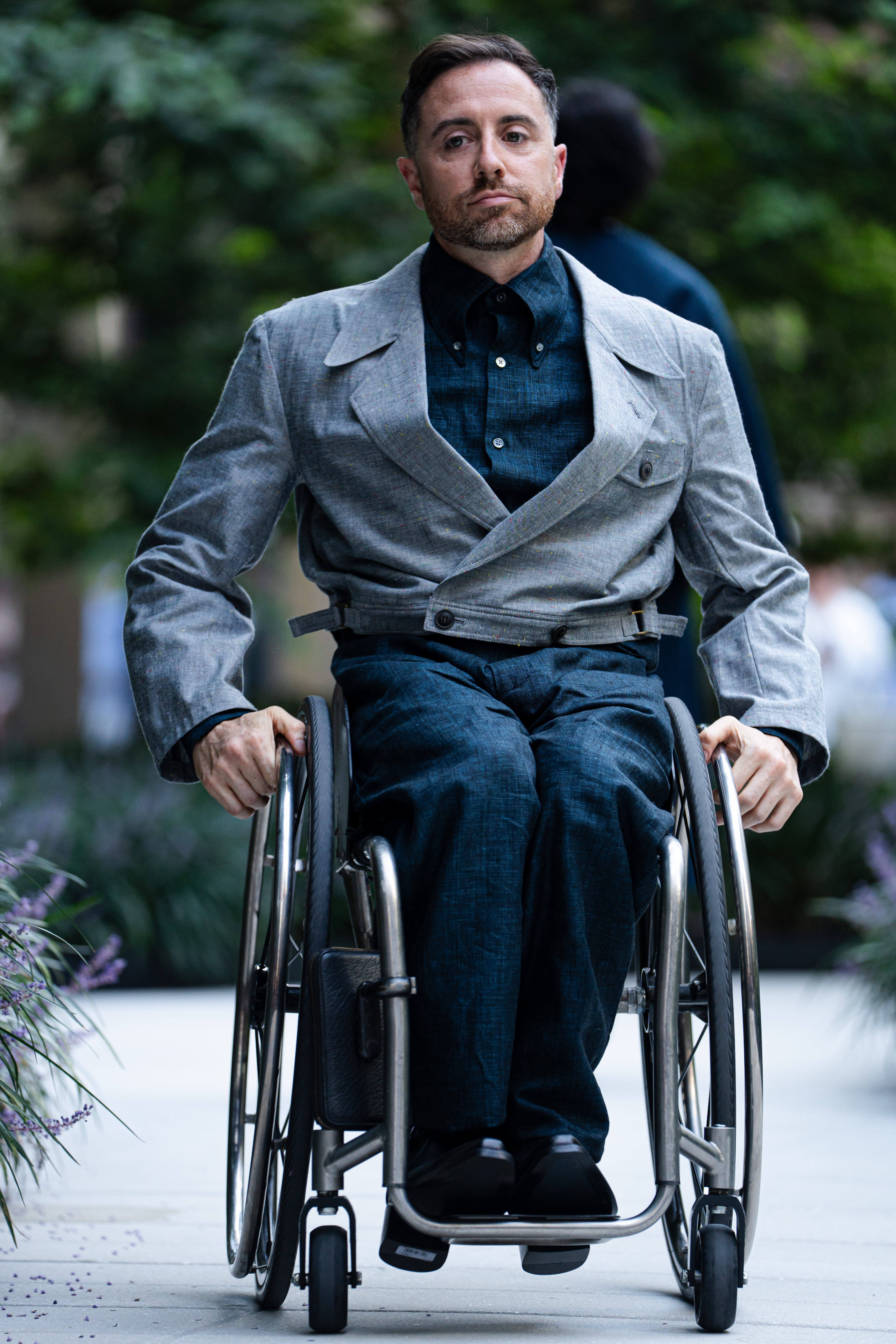
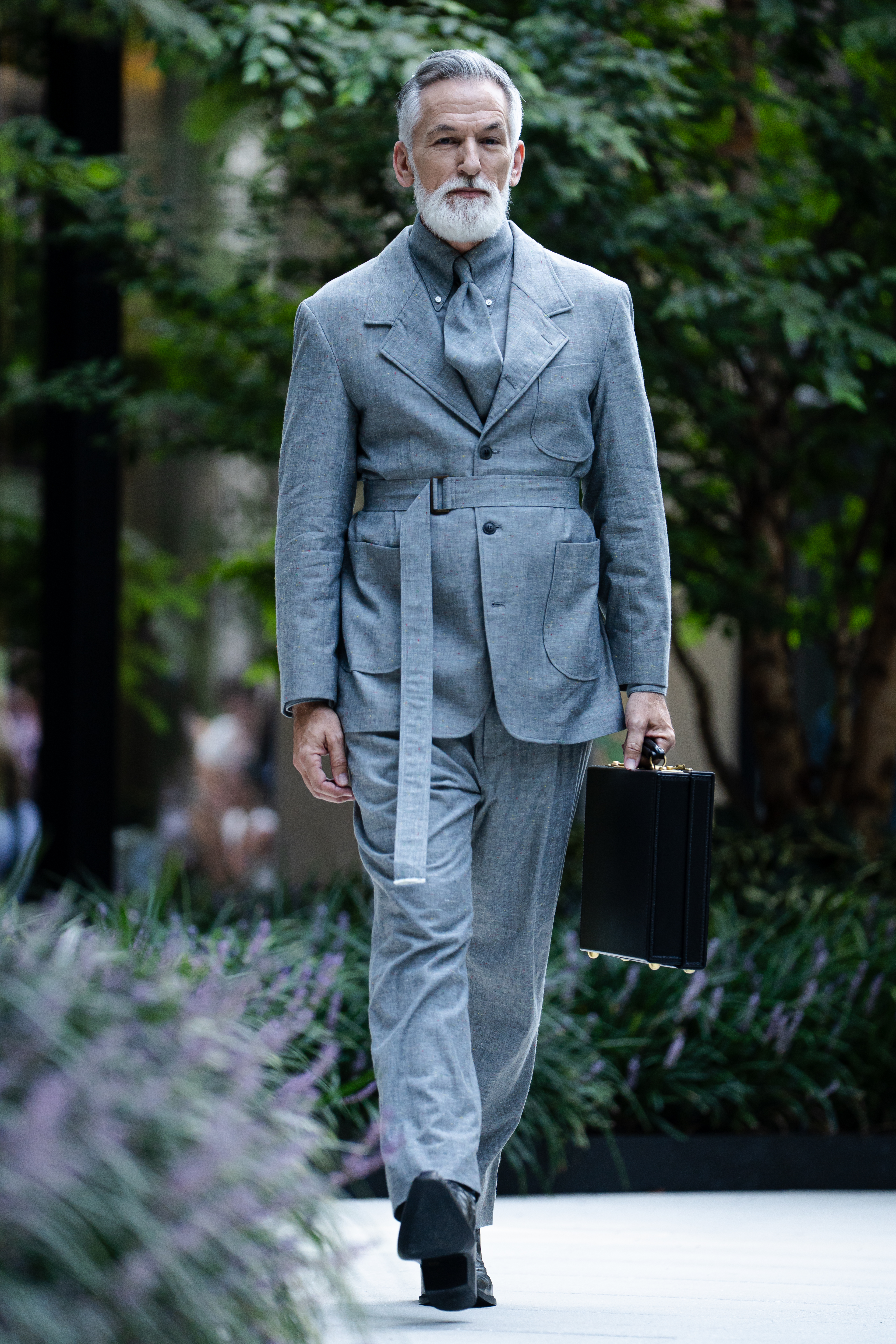
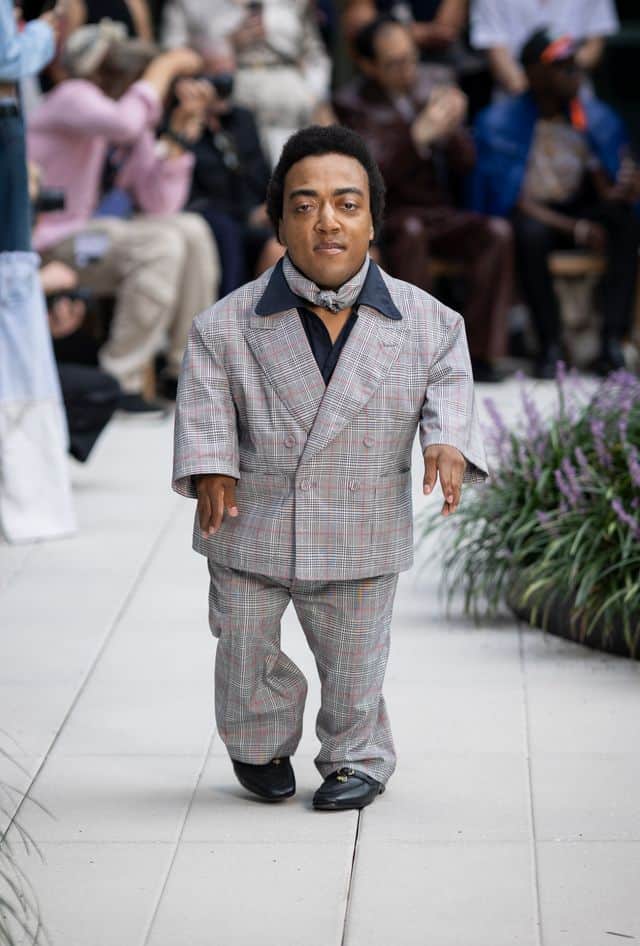
Commitment to Diversity and Sustainability
SIVAN’s commitment to sustainability remained embedded rather than advertised: natural fibers, dead-stock fabrics, and local production form the backbone of the atelier’s practice. But it is the tailoring, its flexibility, its precision, its refusal to separate day from night, that signals the designer’s ambition. SIVAN Boulevard did not announce arrival so much as movement forward, the kind of step that suggests permanence on the city’s stage.
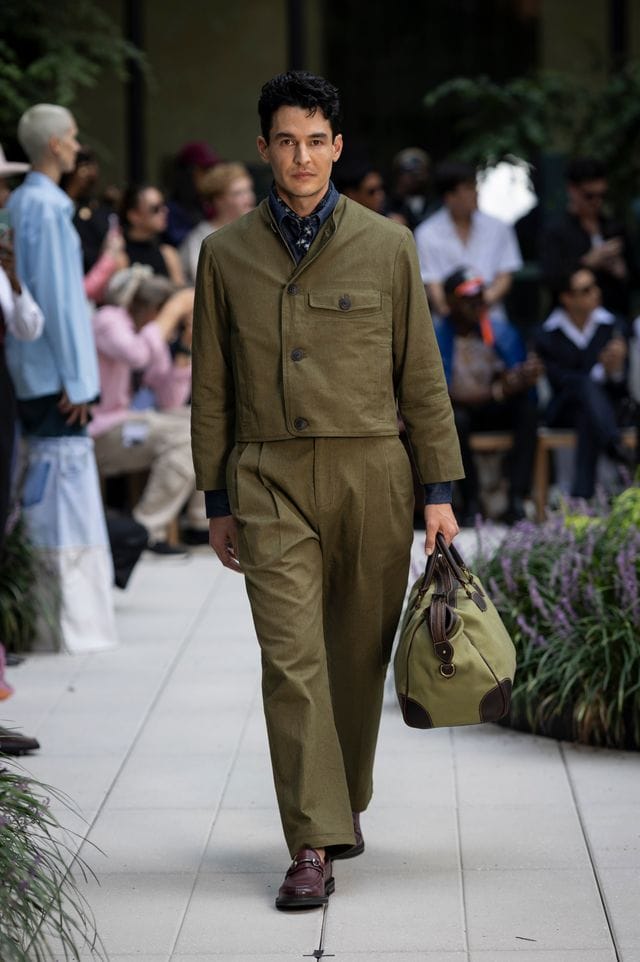
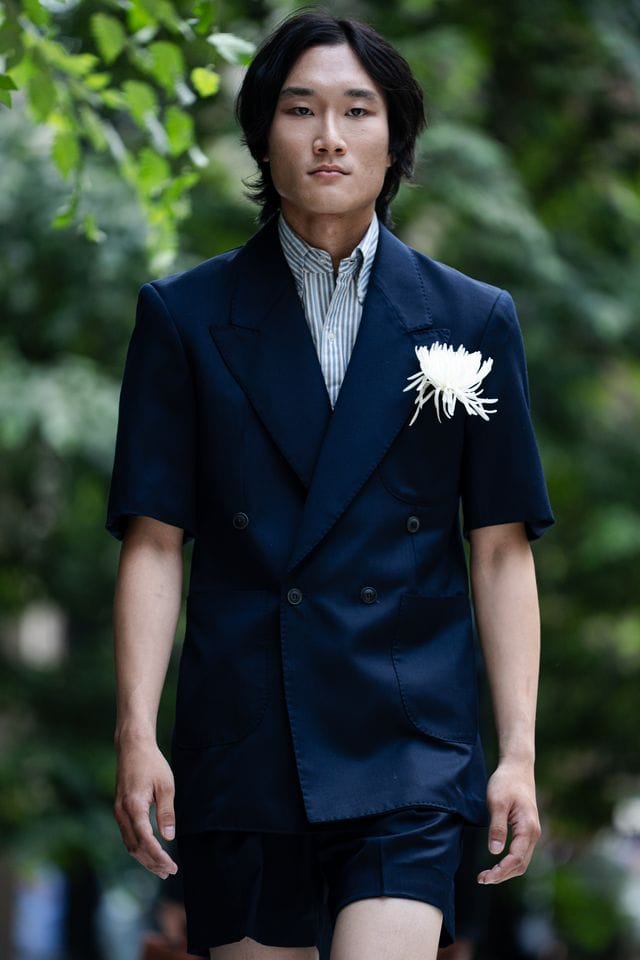
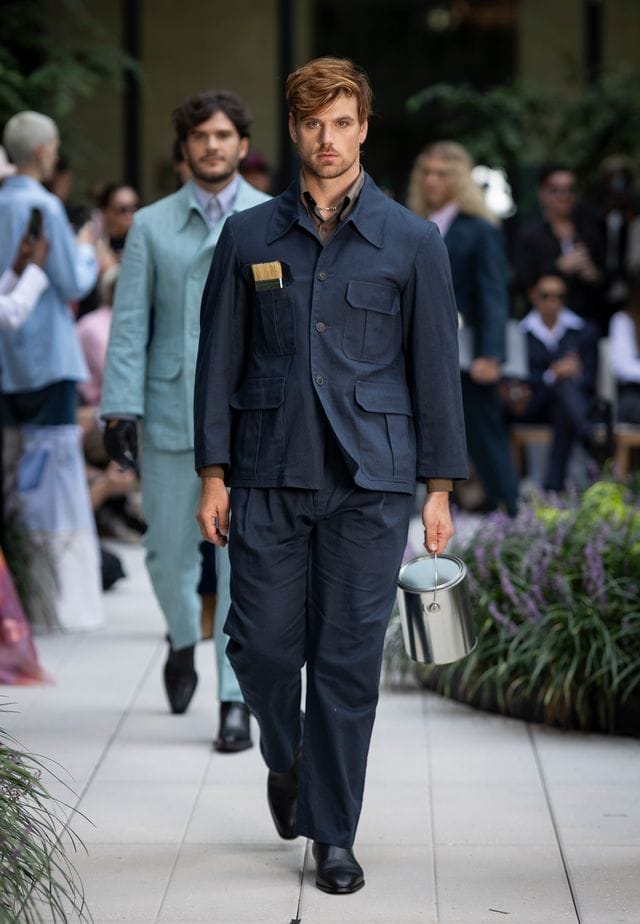
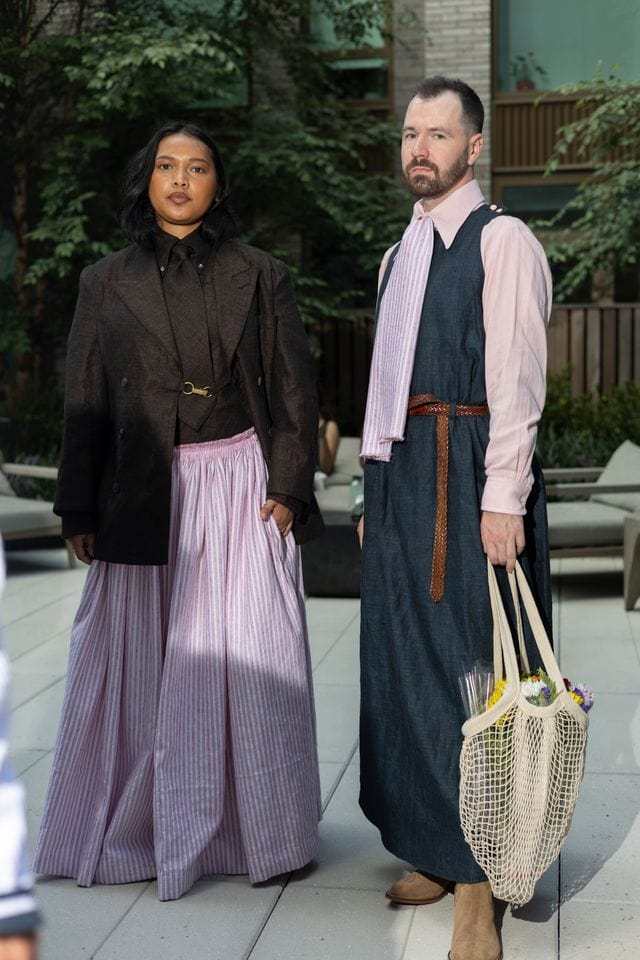
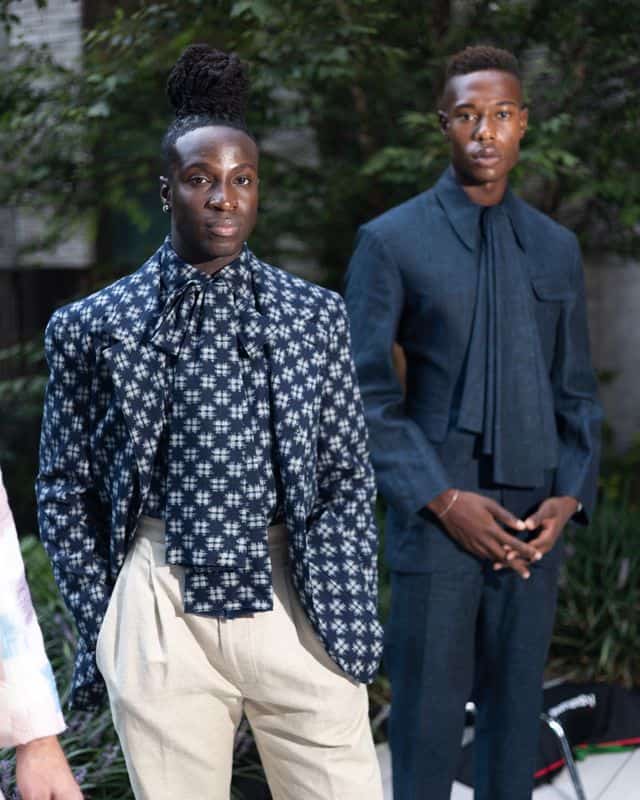
Photographs by Tess Burry and Jade Yi
SIVAN Website
Share this post
Patrick Michael Hughes is a fashion and decorative arts historian. He writes about fashion culture past and present making connections to New York, London and Copenhagen's fashion weeks with an eye toward men's fashion. He joined IRK Magazine as a fashion men's editor during winter of 2017.
He is often cited as a historical source for numerous pieces appearing in the Wall Street Journal, The New York Times, CNN, LVMH, Conde Nast, Highsnobiety and others. His fashion career includes years as a fashion reporter/producer of branded content for the New York local news in the hyper digital sector. Patrick's love of travel and terrain enabled him to becoming an experienced cross-country equestrian intensively riding in a number of locations in South America Scandinavia,The United Kingdom and Germany. However, he is not currently riding, but rather speaking internationally to designers, product development teams, marketing teams and ascending designers in the US, Europe and China.
Following his BA in the History of Art from Manhattanville College in Purchase, New York he later completed graduate studios in exhibition design in New York. it was with the nudge and a conversation in regard to a design assignment interviewing Richard Martin curator of the Costume Institute at the Metropolitan Museum of Art he was encouraged to consider shifting his focus to the decorative arts with a concentration in fashion history and curation.
Patrick completed graduate studies 17th and 18th century French Royal interiors and decoration and 18th century French fashion culture at Musée Les Arts Decoratifs-Musée de Louvre in Paris. Upon his return to New York along with other classes and independent studies in American fashion he earned his MA in the History of Decorative Arts and Design from the Parsons/Cooper Hewitt Design Museum program in New York. His final specialist focus was in 19th century English fashion and interiors with distinction in 20th century American fashion history and design.
Currently, he is an Associate Teaching Professor at Parsons School of Design leading fashion history lecture-studios within the School of Art and Design History and Theory,
Read Next

